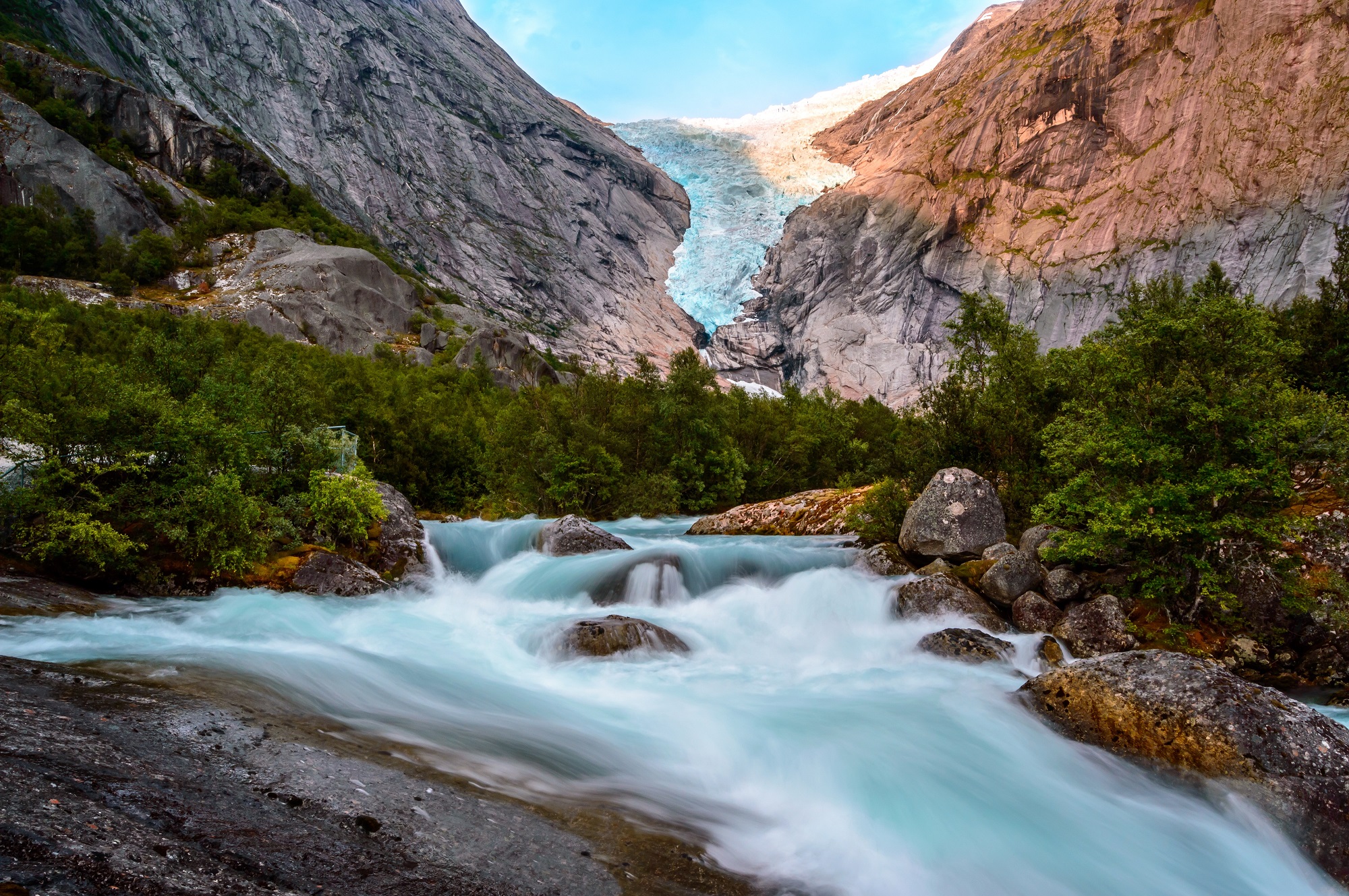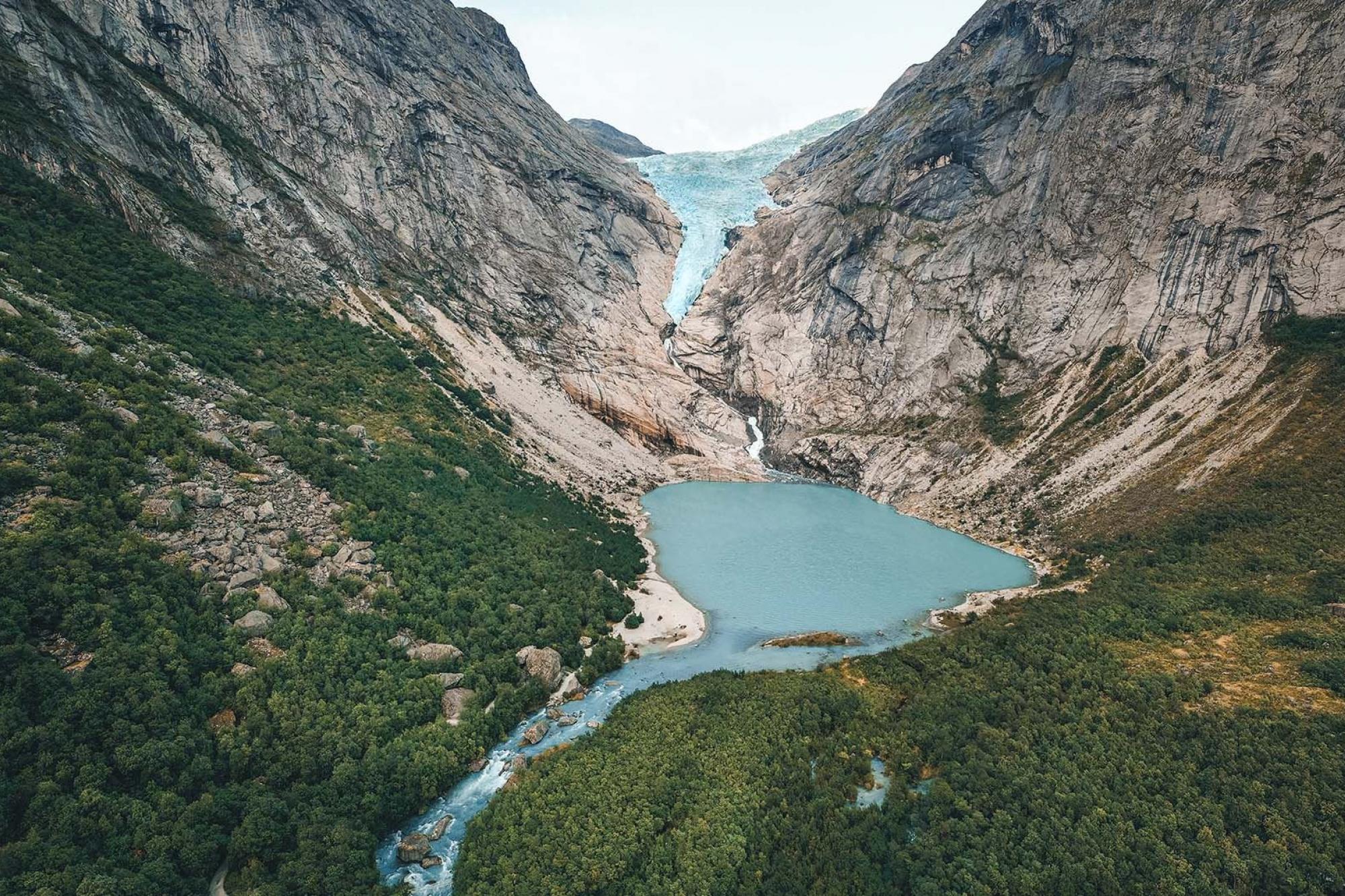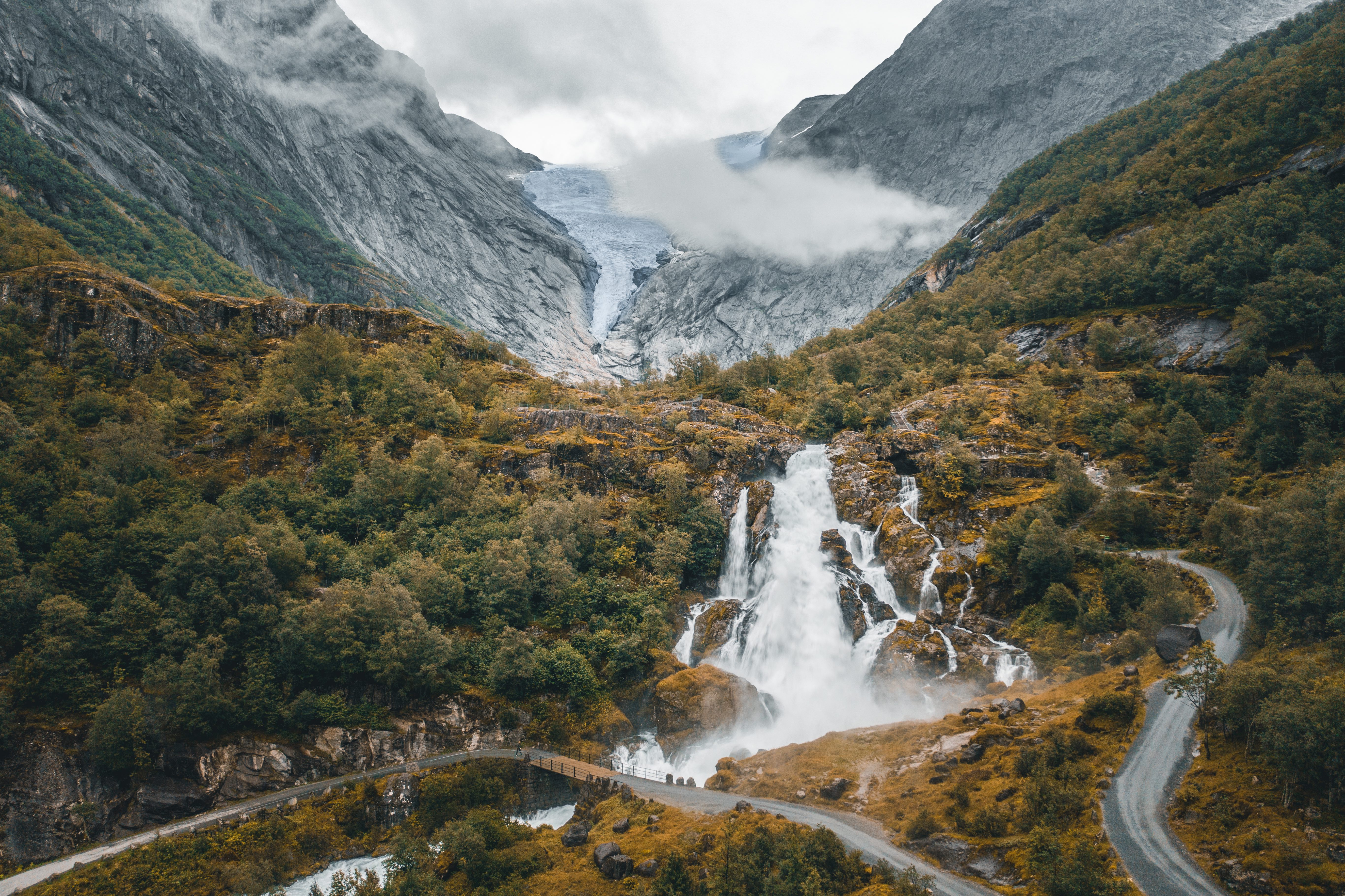More than frozen water?
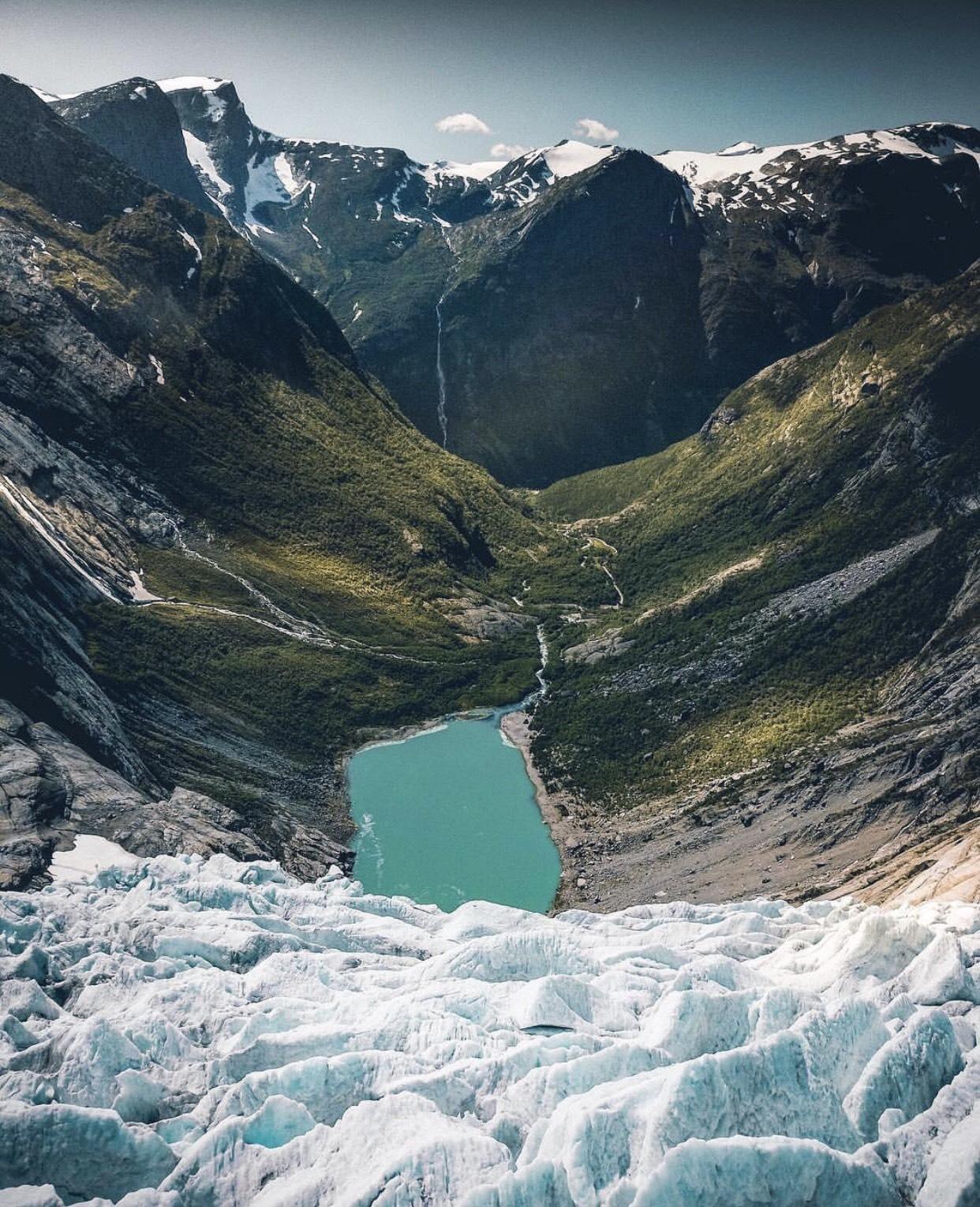
The Jostedalsbreen glacier covers an area of 458 square kilometers (as of 2022) and is the largest glacier on the European mainland. This glacier has existed for approximately 6,000 years and has undergone significant changes due to climate variations. Today, visitors can explore the glacier independently or join guided tours in safe conditions amidst unique surroundings. To delve deeper into Jostedalsbreen's history and its impact from climate changes, you can visit one of the visitor centers in the region.
Nordfjord has become a popular destination for those appreciating the natural beauty of its mountain formations. Numerous glaciers in the area have captured the attention of tourists. The history of Jostedalsbreen dates back to the end of the last ice age around 11,000 years ago. Over the past centuries, the glacier has been gradually shrinking, creeping higher up the mountainsides. Nevertheless, there are many breathtaking viewpoints and hiking trails that allow you to experience this impressive glacier. Jostedalsbreen has many glacier arms that are worth visiting in Nordfjord, such as Briksdalsbreen glacier. This is the most famous glacier in the area, attracting hundreds of thousands of visitors from around the world.
The twelve most popular glaciers in Nordfjord:
Briksdalsbreen, Kjenndalsbreen, Bødalsbreen, Melkevollbreen, Brenndalsbreen, Erdalsbreen, Tjøtabreen, Krunebreen, Myklebustbreen, Tystigbreen, Ålfotbreen and Gjegnalundsbreen.
Glaciers are formed due to an excess of snow in winter compared to melting in summer. It is often cold, cloudy, and windy on the glacier, while the valleys below experience warmth, sunshine, and calm weather. The characteristic cracks in the ice occur because glacier ice is constantly moving, like a slow river of ice, with gravity driving the changes.
The last ice age ended 11,700 years ago. Researchers have found that Jostedalsbreen, like most glaciers in Norway, completely melted away during a warm period around 8,000 to 5,000 years ago. Then, it became cold enough again for some snow to survive the summer season, leading to the reformation of the glacier.
During the "Little Ice Age," a cold period from around 1300 to 1920, the glacier was at its most significant since the last ice age. Terminal moraines indicate the extent of the glaciers during this time and are easily observable in the valleys around Jostedalsbreen.
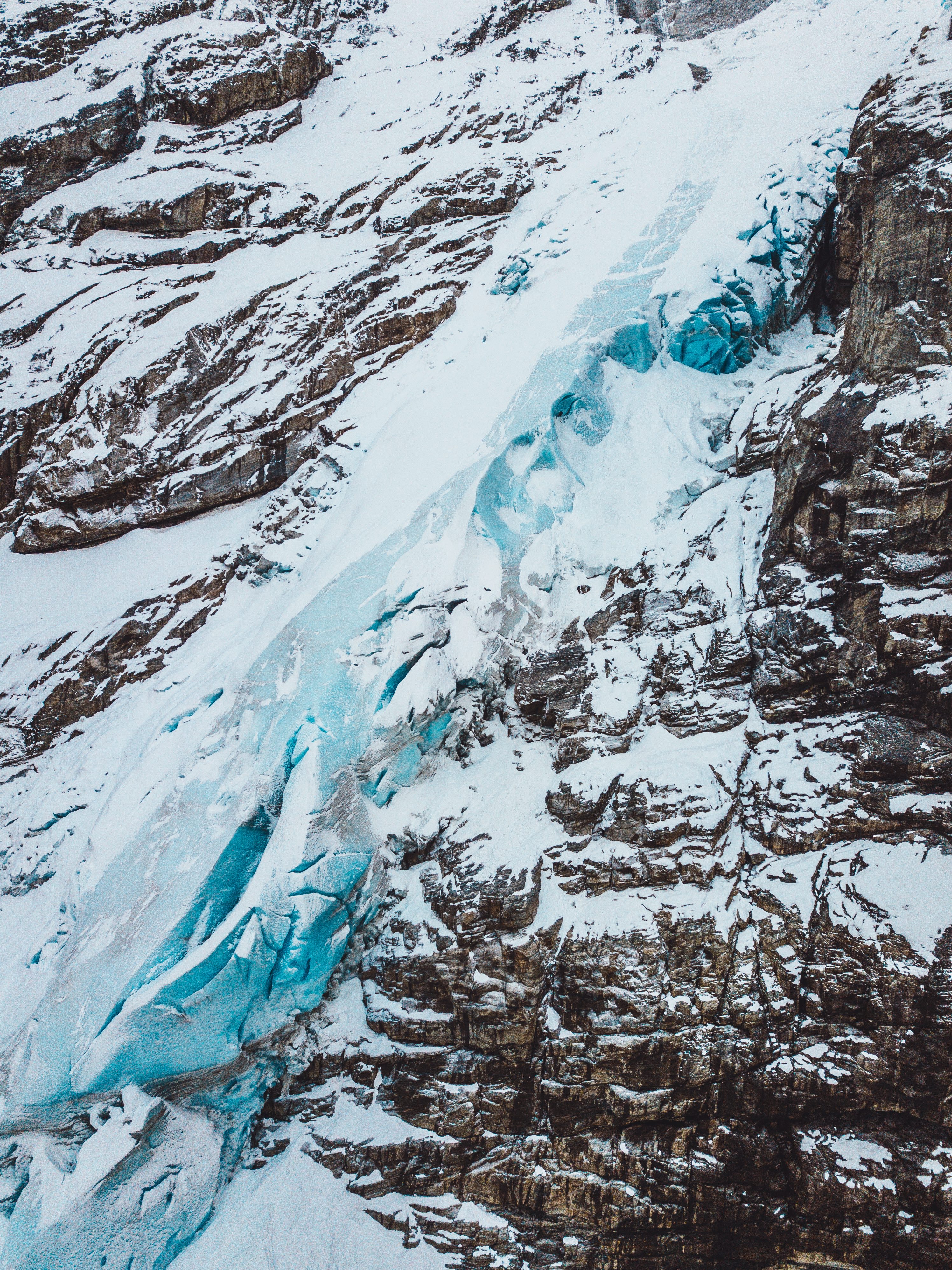
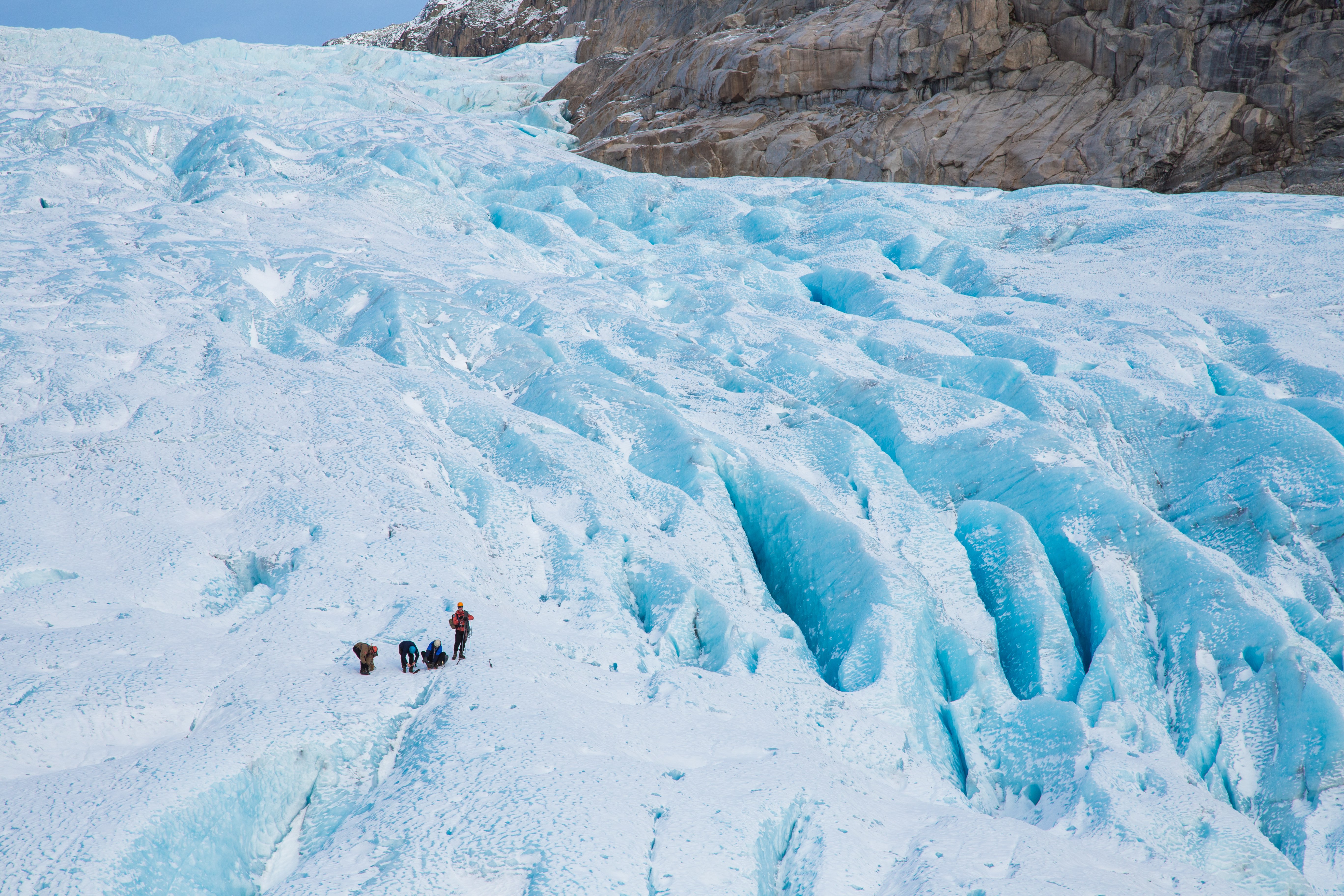
Sand grains and gravel frozen at the glacier's base act like sandpaper on the bedrock. The finely ground "rock flour" formed is washed away by meltwater and ends up in glacier rivers, glacier lakes, and eventually in the fjord. This fine "flour," known as silt and clay to geologists, reflects sunlight, giving rivers and large lakes in inner Nordfjord (Oppstrynsvatnet, Lovatnet, and Oldevatnet) a beautiful emerald green color.
Fjords were formed by giant glacier tongues shaping the landscape through numerous ice ages. A fjord is a U-shaped underwater valley, often surrounded by dramatic mountain landscapes on the West Coast of Norway. At the end of glaciers during the last ice age, terminal moraines of stone, gravel, and sand were left behind.
"Fjord" is one of the few Norwegian words that have become international, especially in English where it is used directly. The word "fjord" comes from the Old Norse "fjorðr," meaning "where one travels across." It shares its origin with the English words "fare" and "ferry."
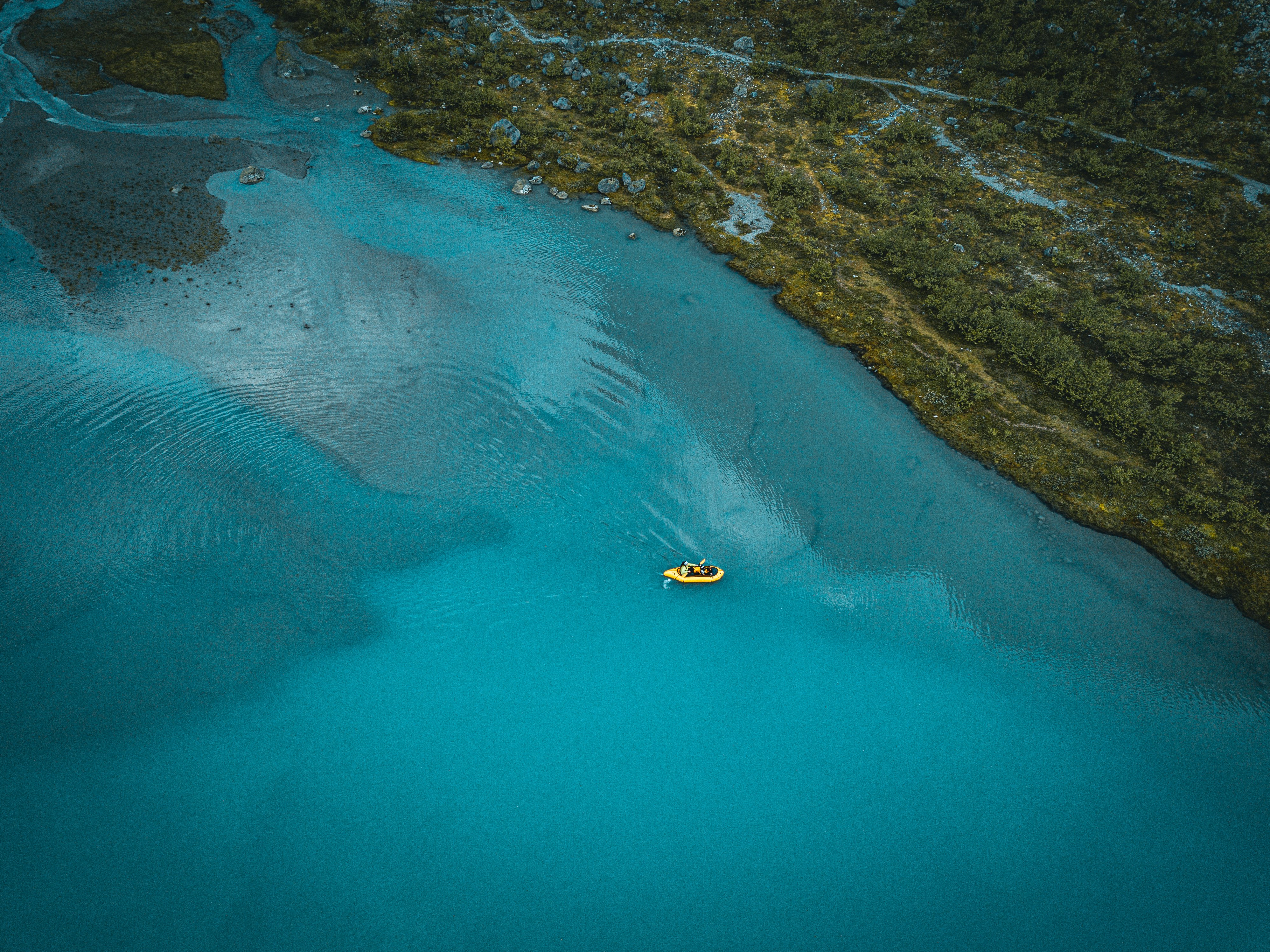
In Nordfjord, you can experience the wild nature up close through activities like hiking, climbing, biking, kayaking, surfing, and fishing, to name a few. If you prefer a more relaxed exploration, take a boat trip along the fjord or on the sea to witness the spectacular surroundings from the water. If you're seeking a unique experience in Norway, Nordfjord should be at the top of your list. Enjoy the beautiful scenery, learn about the region's cultural heritage and history at visitor centers, and indulge in delicious food and drinks. Book your trip to Nordfjord today and get ready for an unforgettable experience!
Our glaciers can be experienced from a safe distance or on guided glacier tours. On the West Coast of Norway and in Nordfjord, you can view glaciers from viewpoints or join guided glacier tours to walk on the ice. In Nordfjord, you can visit the following glacier arms of Jostedalsbreen and view them from a distance: Briksdalsbreen, Kjenndalsbreen, Bødalsbreen, Brenndalsbreen, and Erdalsbreen. If you wish to walk on a glacier, you can do so on the following glaciers in Nordfjord: Tystigbreen and Haugabreen. Tystigbreen is unique since it hosts a summer ski resort, usually open from late May to early July. Ski enthusiasts from around the world have enjoyed this area since the 1940s. When the snow melts early in the summer, Tystigbreen is used for glacier hiking. To learn more about our glaciers, you can visit the Jostedalsbreen National Park Center in Oppstryn.
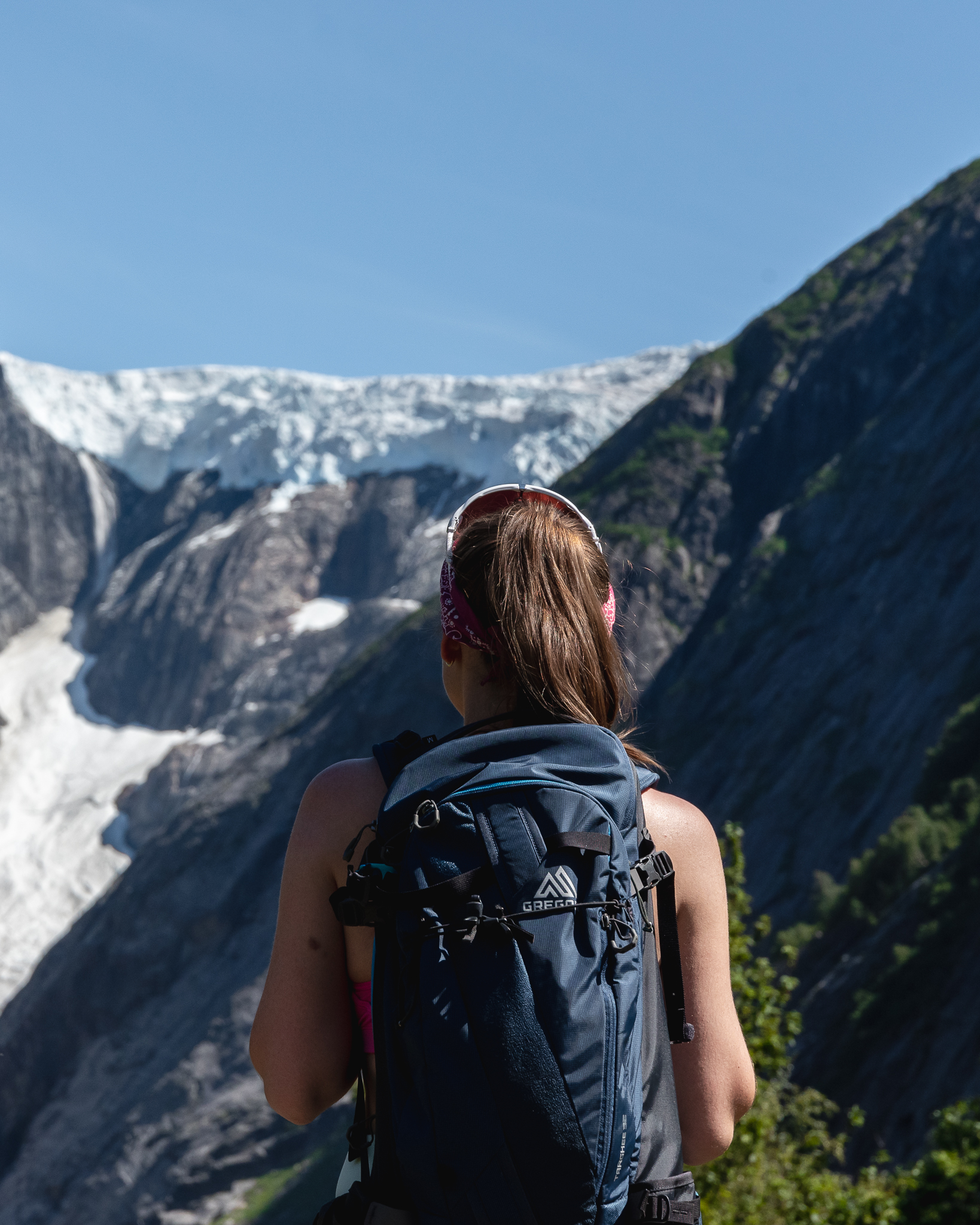
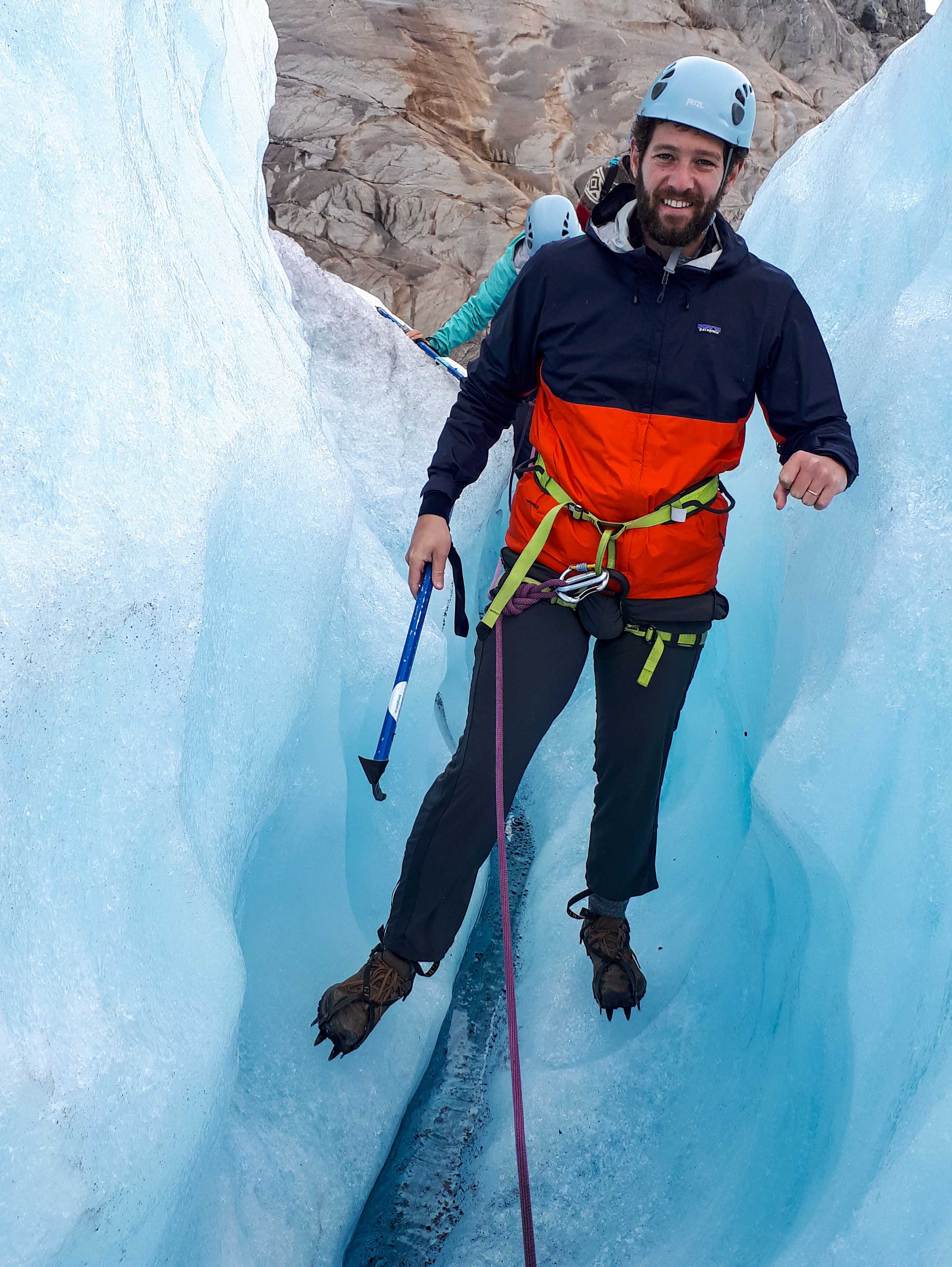
o experience the blue ice up close, sign up for a guided glacier tour. The tour is suitable for both adults and younger family members (around 12 years old) in reasonably good physical condition. In the presence of the glistening ice crystals, the guide tailors the tour according to weather conditions, the desires of the hikers, and the skills in the individual rope team. On the way to the glacier, the guide explains how the glacier has shaped the landscape and local glacier history. At the glacier's foot, participants put on crampons, helmets, ice axes, and ropes before stepping onto the glacier. The tour can take between 5-7 hours, with about 2-3 hours spent on the ice. Book the tour at least the day before.
What to bring:
• Clothing suitable for weather conditions (outerwear and, if necessary, insulation jackets)
• Gloves and a hat are recommended!
• High hiking boots
• A backpack with space for some shared equipment
• Sunglasses and sunscreen
• Food and drinks
